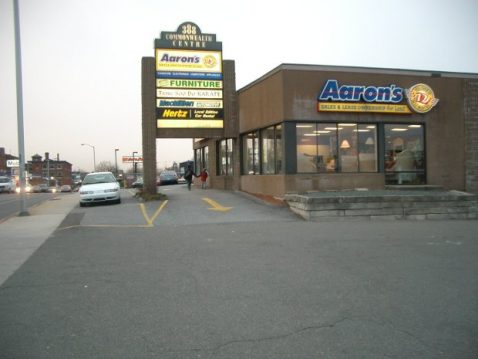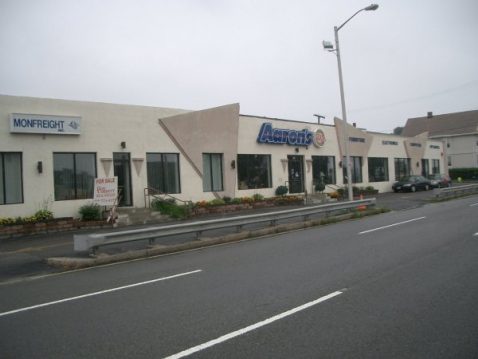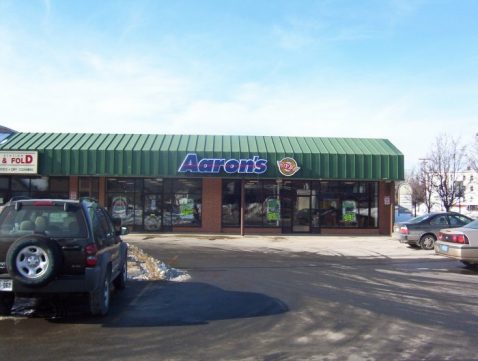Years ago I was the owner of multi-unit franchise territory for Aaron’s Sales & Lease Ownership stores. My territory was in New England, initially in the northern part of metro Boston, then later extending to cities in southern Maine.
Upon executing an agreement for territory with the franchisor, I began driving my markets, getting to know the territory, trying to intuit natural trade areas for the concept. After a few weeks of driving around, I felt like I absolutely knew where I wanted to be, at which point I began making offers to lease different 8,000 to 10,000 square feet spaces.
At first, dealing with landlords was difficult. I was opening my first store, and had no industry experience. The franchise concept was established, to be sure, but I was new to the business, even new to the industry. What could go wrong? There were, however, strong selling points to taking me on as a tenant. The franchise, for starters, was part of 600 units nationally, the majority of which were franchised. In their history, they claimed they had never had a store go dark.
As I was discussing these points and dealing with prospective landlord, someone, either a broker I was working with or another franchisee, mentioned that I should create a prospective tenant package, essentially a summary business plan laying out the case for a landlord to take us on as a tenant. That idea made immediate sense to me. That same night I put it together. It didn’t take more than a couple of hours. I knew the points by heart, as I’d been verbally pitching them already. Thus, it was only a matter of putting it into a reasonably nice looking format.
That one document made conversations with landlords considerably easier and more productive. The conversations flipped, even more once I had an area location open. Whereas before landlords had previously been less than hurried to return my call, suddenly they were not only taking my calls, but offering properties turnkey before I could even ask. It made negotiations more fluid, helped me get better terms.
Today, years later, as a commercial real estate broker helping others with similar searches for their businesses, I find it common for entrepreneurs to have in their heads some concept that has not been committed to paper in a way that can be shared with landlords. Entrepreneurs commonly just expect landlords to offer space at which point they simply decide if they want to take it or not. Actually, the selling process is more the reverse, it is more about selling the landlord on the tenant than selling a tenant on a space. Landlords have to be sold on the viability of a tenant. Property owners know that if a tenant fails it is going to cost them.
What’s my point?
If you are looking for commercial space to lease:
1. Understand that the process is much about selling you as a tenant to the owner of the property. Make your case, directly or through your broker (that should be me, as an aside). Tell your broker about your business, what your concept is, and why it is unlikely to fail. Submitting a personal financial statement and tax returns – you’ll almost always have to personally guarantee leases – as you submit any letter of intent, if not earlier, will go a long way toward helping you get a better deal.
2. Prepare a one or two page prospective tenant package. Succinctly make the case for your viability, preferably with a bullet points and photos, i.e. a deck. Remember, the landlord doesn’t care about how much money you might make, he cares about whether he’ll get paid, and further what his property is worth with you as a tenant (stronger tenants make properties more valuable). You want to make a case for viability. Your personal business history and financial wherewithal, industry data, and business concept summary can all serve to illustrate this.






